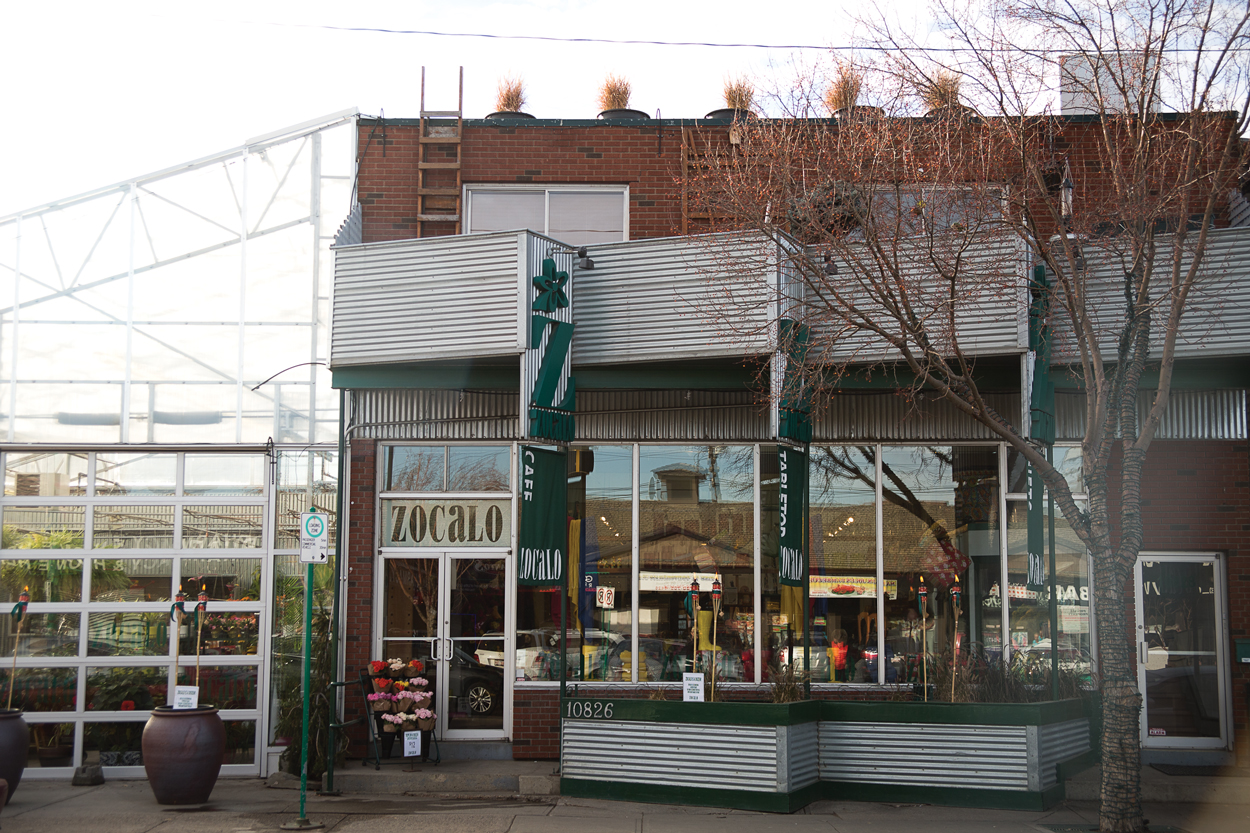Gary Garrison stands among falling leaves in front of his McCauley home and gestures toward the nearby train tracks that hem in this neighbourhood from the south.
Probably more than any other force, it’s those tracks – once carrying Canadian Northern Railway trains, now the LRT – that have shaped McCauley over the last century.
“It’s traditionally been a working class, low-income area where people come to find a cheap place to stay or pitch a tent. And in some ways, it’s remained that to this day,” says Garrison, neighbourhood historian and co-author of McCauley, Then and Now: A Walk Through One of Edmonton’s First Neighbourhoods.
From this spot on his street, Garrison points to where several landmarks used to stand nearby: The first federal penitentiary on the prairies; the prison warden’s residence (the first warden was Matthew McCauley, after whom the neighbourhood is named); and Immigration Hall. The first streetcar route in the city was here, too.
That history has left McCauley with a trainload of character, from Chinatown to Little Italy to 96th Street, known as Church Street, where many different cultures are represented.
In modern times, McCauley residents have a deep affection for the place, and speak almost lovingly about it.
Krista Mitton, who lives near Giovanni Caboto Park, says the best thing about the neighbourhood is “the diversity. People come from all different walks of life, and everyone here is just accepting of everybody.”
But they also don’t shy away from talking about the less savoury side of McCauley, such as visible addiction issues and what McCauley Community League president Mike Van Boom calls “some pretty solid poverty.”
But this, too, is part of the fabric of McCauley. “We are a diverse neighbourhood,” says Van Boom. “We don’t want to be a uniform neighbourhood.”
WHAT TO DO
